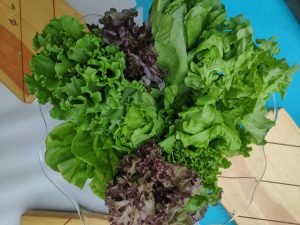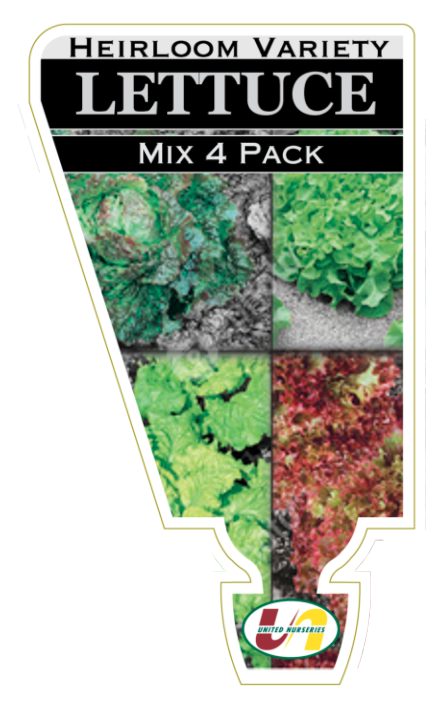

Use the same water to boil the greens for one to three minutes, depending on their bitterness, then drain.

Reduce to a lively simmer, cook for eight minutes, then add the cabbage and continue to cook for 10 minutes more, or until tender, then lift out with a slotted spoon and set aside. In a saucepan, cover the potatoes with water, add a pinch of salt and bring to a boil. Potatoes and greens with pancettaĨ00g even-sized potatoes, peeled and cut into quartersĤ00g mixture of white or savoy cabbage, cut into thick slices, and greens (wild or grown rocket, dandelion, chicory, borage, nettle)ġ onion, peeled, halved and cut into half moonsĪ pinch or two of red chilli flakes (optional) All five are here – bitter, sweet, sour, salty and umami – on a pavement of potato with greens pushing through. Inspired by the idea of patate e fronne (potatoes cooked with fronds of leafy vegetables until soft and wrapped together), this is a particularly satisfying mixture for mixed days. The remaining bitterness is often met by olive oil, garlic, chilli, anchovy or lemon, or potatoes and cabbage. Bigger leaves, however, need boiling briefly to dispel some of their inherent bitterness. Young cicoria or dandelion shoots can be eaten as misticanza: our local, Piatto Romano, serves them with olive oil, anchovy and sumac. This is, perhaps, why in Rome and Lazio the taste for and habit of misticanza (a “mix of things”) persists a salad of young leaves, or bigger leaves and stems to be boiled and served with oil and garlic.Ĭicoria, both wild and cultivated, is a particularly well-liked vegetable. But taste can also be knowledge ( sapere): the instinctive evaluation of what is good and bad, needed or not a cultural product that can be shared. Human taste ( sapore) has five parts – bitter, sweet, sour, salt and umami – to give us, with sense of smell, a conception of flavour. It’s a mix that would be recognisable to ancient civilisations, who knew the edible and medicinal value of “free” plants, as well as the power of bitter flavours. Meanwhile, back at the kerb and anywhere that green can push through, wild chicory competes for light with its cousin dandelion, borage, salad burnet, poppies, fleshy purslane, mallow, nettles, variegated thistles, wood sorrel, wild fennel and leggy mustard rape.

Its pivoting yellow flowers are membership badges for the Asteraceae family, along with daisy, sunflower, artichoke, absinthe and lettuce also, common chicory ( cicoria), Cichorium intybus, which has been cultivated into tamer versions of itself – radicchio, witloof (also known as Belgian endive) and tube-like catalogna. The name dandelion comes from the French dent-de-lion, a good conjuration of leaves shaped like lion’s teeth. The Italian tarassaco derives from the Latin taraxacum, which is thought to come from the Persian tarashaqu n, meaning bitter herb.


 0 kommentar(er)
0 kommentar(er)
